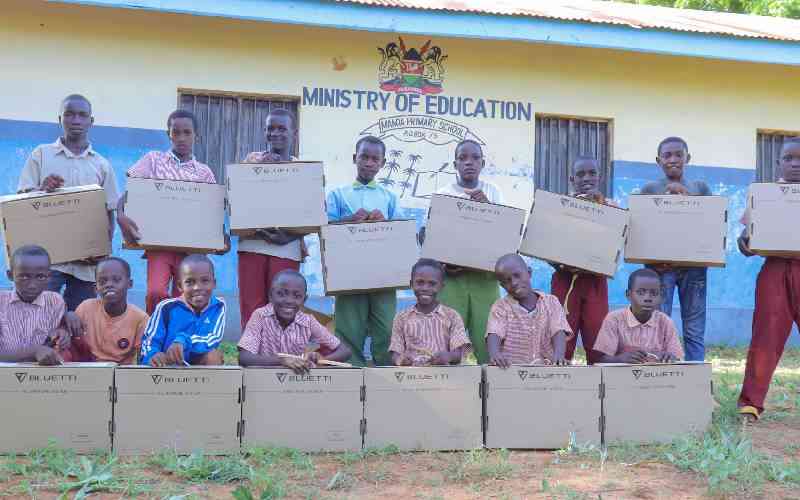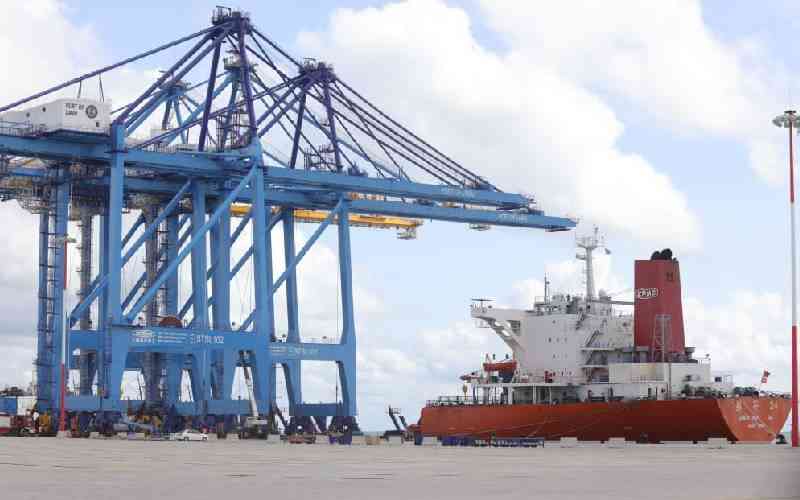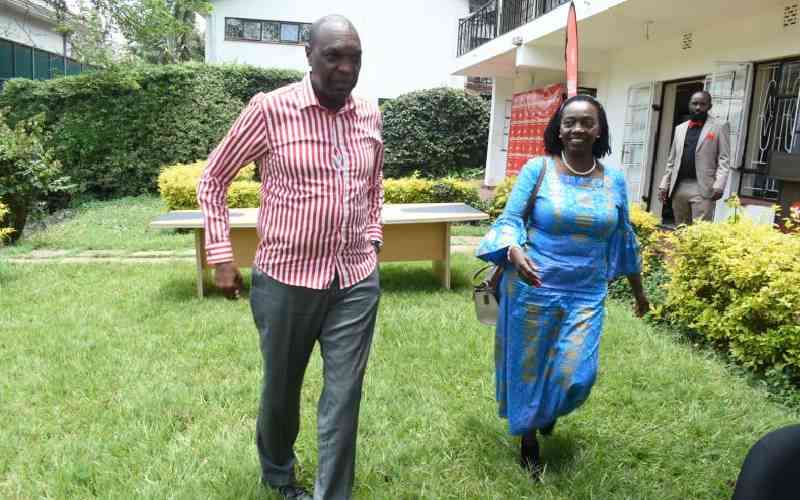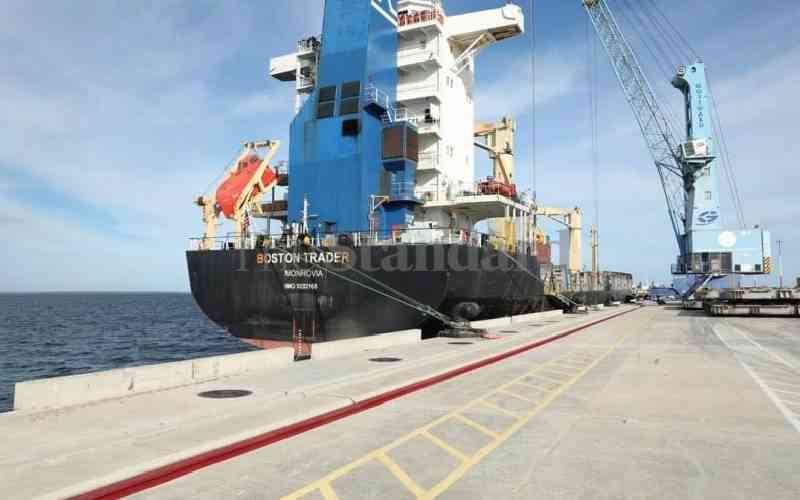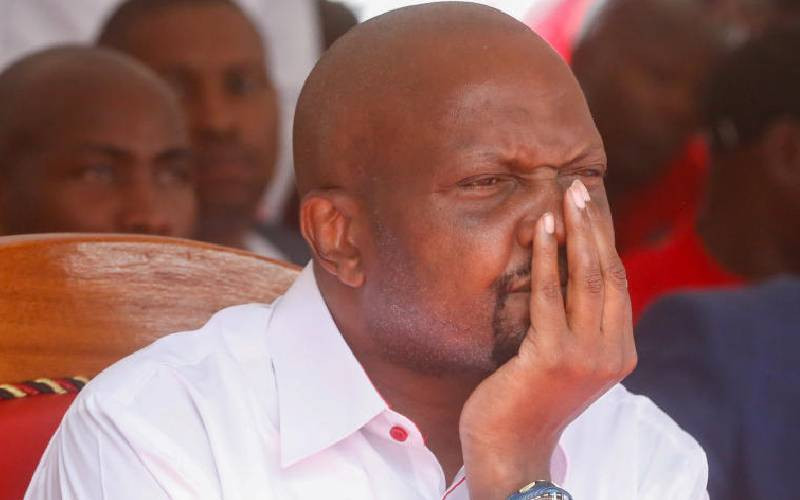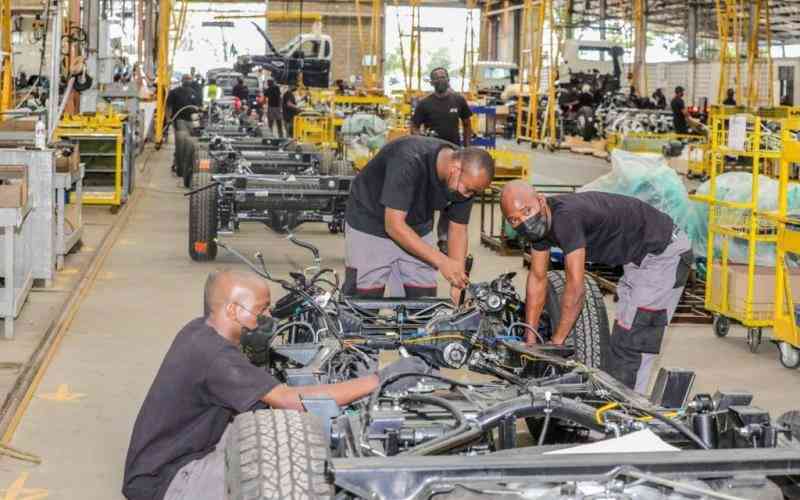By Maarufu Mohamed
Lamu seafront was on Friday a beehive of activity as thousands of local and foreign guests poured in for the start of the 12th edition of the annual Lamu Cultural Festival.
The event which ends on Sunday kicked off on Friday on the archipelago with school parades and entertainment events to welcome the guests.
Festival chairman Gharib Alwy alias Bush said on Friday that an estimated 75,000 visitors are expected at this year’s festival. The huge numbers are attributed to the current peak tourism season, and the prevailing peace.
“The event is the second biggest on the Island after the annual Maulidi festivals (celebration of the birth of prophet Muhammad), held last March,” said Alwy.
He said the four-day event would involve display of cultural diversity of Kenya, presenting the Swahili Heritage in particular and the Heritage of Lamu, preserved for the last 700 years.
“This will be a business boom for the community as local economy is revitalised through earnings from accommodation, food and transport,” noted the chairman.
Main sponsors of the event include, the Embassies of Spain, United States, Germany, France and European Union who have been supporting the event for the last ten years.
Local supporters are the Ministry of Tourism, Alliance Francaise, National Museums of Kenya, Research Institute of Swahili (EA), Ford Foundation, Kenya Tourist Board, Kenya Airports Authority, Phoenix Safaris, Air Kenya and Lowe Scanad.
Fully booked
Hotels in Lamu Island are reportedly fully booked and locals always offer alternative accommodation by renting their residences to visitors.
Joy Brunnehler of Romantic Hotels, said their chain of hotels in the island including, Palace, Sultana and Petleys inn are receiving positive bookings and might transfer extra guests to other hotels.
Former Tourism Minister Najib Balala, who is the patron and founder member of the Lamu Festival, is expected to be among the dignitaries at the event.
Balala said high-ranking guests expected at the event include representatives from embassies of America, Spain, France, Germany, China and Morocco.
“The festival founded in 2001, celebrates and preserves the Swahili culture, heritage and traditions of Lamu and is aimed at promoting the Swahili heritage,” said Balala.
Stay informed. Subscribe to our newsletter
The immediate chairman Board of Governors of the National Museums of Kenya, Isa Timamy who recently resigned to vie for the Lamu County Governor seat on a United Democratic Forum ticket — headed by Deputy Prime Minister Musalia Mudavadi — is expected to use the occasion to launch his bid.
“It will be a day packed with local dances and various sea water competitions that will culminate in speeches by officials from the national party office,” said Timamy on Friday.
Lamu was declared a World Heritage Site in 2001, and the third Swahili town on the East Coast of Africa with such a status, and the first on the Kenyan coast.
The World heritage list includes 962 properties forming part of the cultural and natural heritage, which the World Heritage Committee considers as having outstanding universal value.
Kenya is among 26 African countries in the World Heritage Site List.
The sites include, Lamu Old Town, the Lake Turkana National park, Mount Kenya National park and natural forest, Sacred Miji Kenda Kaya Forest, Fort Jesus in Mombasa and the Kenya Lake System in the Great Rift Valley. Lamu museums through the National Museums of Kenya use the festivals to preserve Lamu’s traditions and cultures by organising various activities.
The activities include dances from islands of Pate and Siyu, traditional Swahili poetry, Henna painting, Bao games, Donkey races, Dhow races, Swimming, Tug of War, Soccer and Athletics.
Dhows, are still used throughout the archipelago and an important part of Lamu’s life as a trading post.
The highlight of the cultural festival is the donkey race in which local donkey riders literally spend the entire year improving their riding skills for the event. Others are said to use special charms.
The dances lined up include, Utaa- a Bantu origin dance, performed by men and mainly danced during harvest time and the Goma La Siyu- which started as a battle dance and is now being danced with swords to songs narrated in praise of heroes.
There will be dances like- Goma La Barani and Kirumbizi, a stick dance commonly rich in Swahili cultural representation.
The traditional dress in Lamu remains the kanzu (robe) and kofia (embroidered skull cap) for men or full cloths and full length bui bui for women.
As a result, the locals are often stunned to see tourists and visitors wearing pairs of shorts and vests or women wearing scanty beachwear.
 The Standard Group Plc is a
multi-media organization with investments in media platforms spanning newspaper
print operations, television, radio broadcasting, digital and online services. The
Standard Group is recognized as a leading multi-media house in Kenya with a key
influence in matters of national and international interest.
The Standard Group Plc is a
multi-media organization with investments in media platforms spanning newspaper
print operations, television, radio broadcasting, digital and online services. The
Standard Group is recognized as a leading multi-media house in Kenya with a key
influence in matters of national and international interest.
 The Standard Group Plc is a
multi-media organization with investments in media platforms spanning newspaper
print operations, television, radio broadcasting, digital and online services. The
Standard Group is recognized as a leading multi-media house in Kenya with a key
influence in matters of national and international interest.
The Standard Group Plc is a
multi-media organization with investments in media platforms spanning newspaper
print operations, television, radio broadcasting, digital and online services. The
Standard Group is recognized as a leading multi-media house in Kenya with a key
influence in matters of national and international interest.

